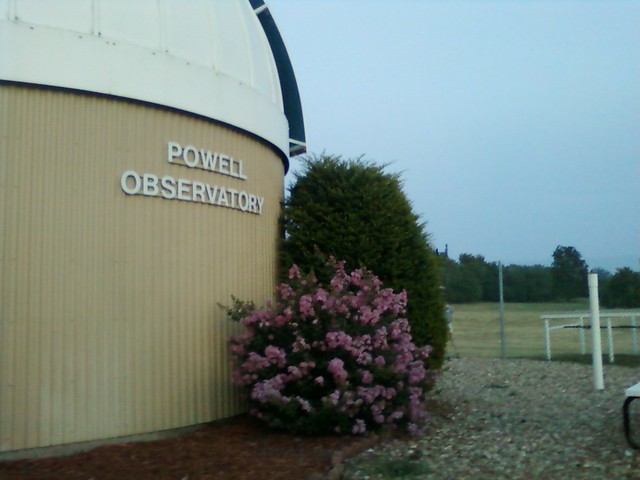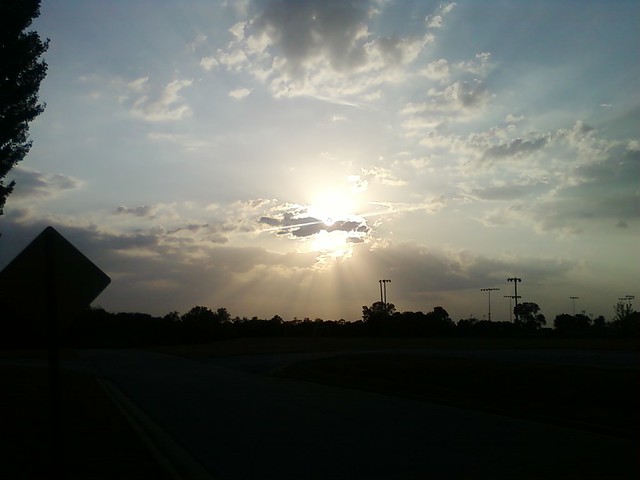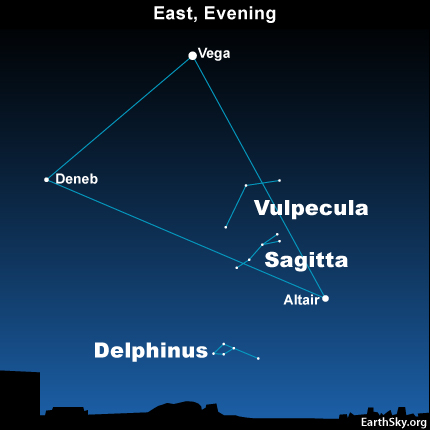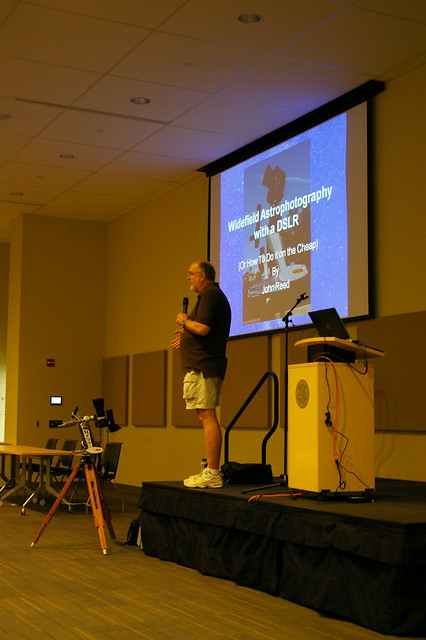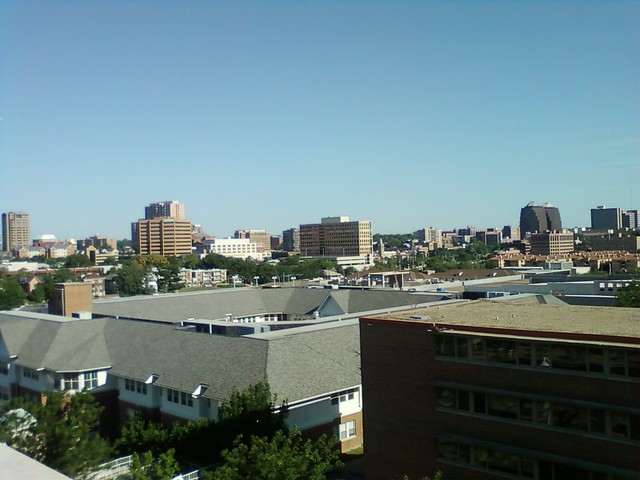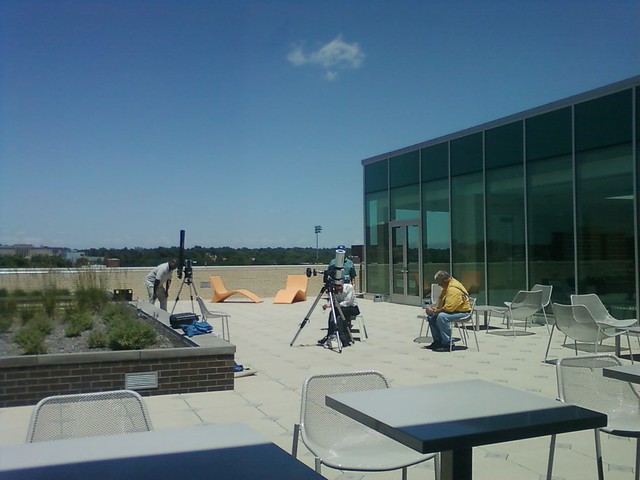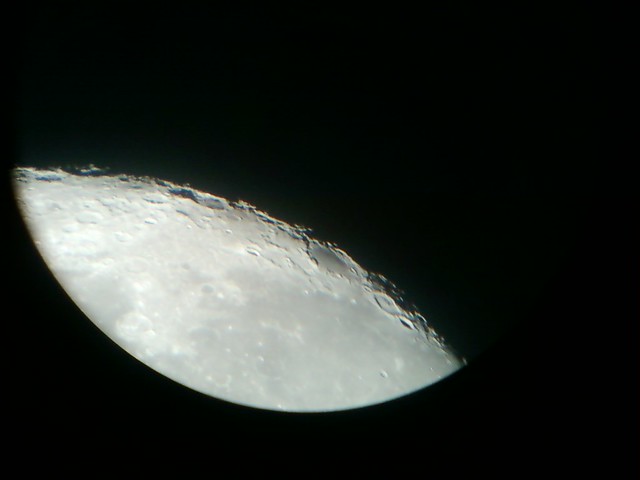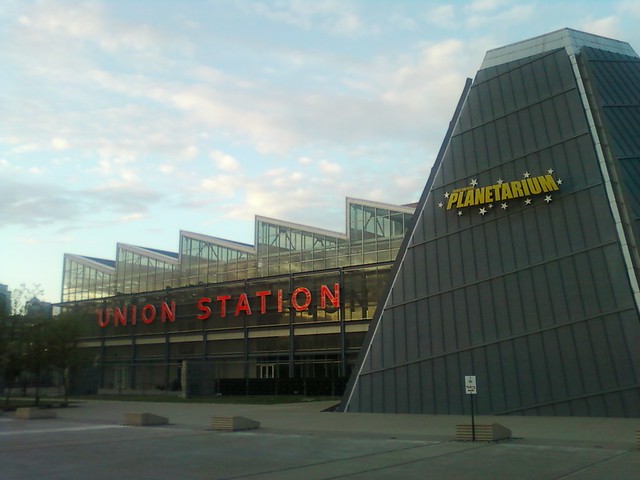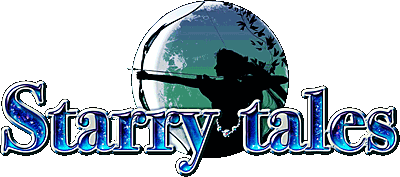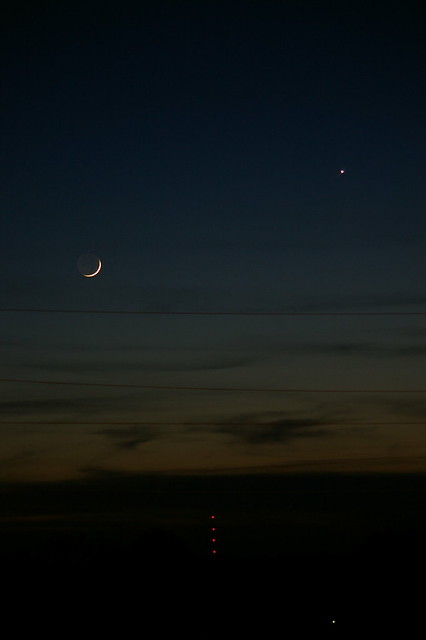My father and I drove to UMKC Saturday evening to attend the first club meeting of 2013 for the Astronomical Society of Kansas City. We went an hour early to take in Astro 101 (topic: telescope mounts).
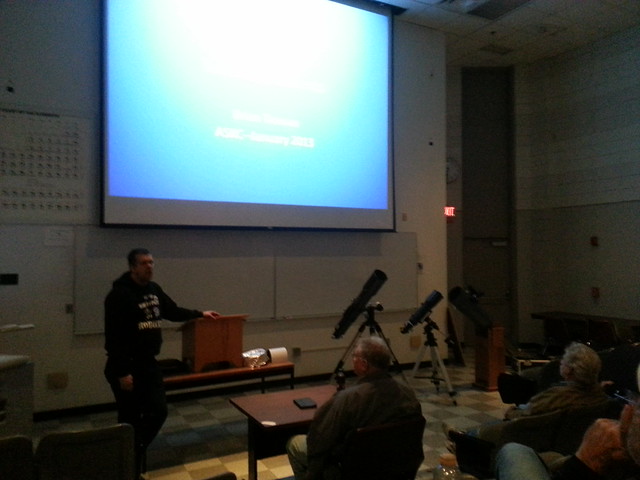
After sifting through club business, including some great observing awards and a new observing program for asterisms, our Education director, Jay Manifold, flashed through the observing highlights for the upcoming months. He paused at the end long enough to introduce our special guest speaker, Dr. Doug Patterson, Professor of Astronomy and Physics at JCCC, and his topic “Space Weather: Understanding the Sun-Earth Connection.”
 Dr. Patterson’s first slide, at first glance, did not appear to be related directly to space or weather. He explained that besides astronomy and physics, his other abiding passion happened to be photographing race cars. For the past twenty years, despite appearing quite youthful and brimming with energy, he’s been teaching astronomy and physics at the Johnson County Community College.
Dr. Patterson’s first slide, at first glance, did not appear to be related directly to space or weather. He explained that besides astronomy and physics, his other abiding passion happened to be photographing race cars. For the past twenty years, despite appearing quite youthful and brimming with energy, he’s been teaching astronomy and physics at the Johnson County Community College.
Astronomy in academia really only requires a research computer and spreadsheet program. Incredible amounts of data (terabytes upon terabytes) are freely available for astronomical researchers.
Dr. Patterson joked that he frequently tells his students that “Space is not empty!”
Highlights from his “Space Weather” talk:
- Super Flare 1859 observed by Carrington (on 9/1/1859 around noon). The flare took seventeen (17) hours to read Earth.
- Birkeland and his aurora machine

-
Solar Wind discovery and proof
- comet tails
- Super-Sonic Model by Eugene Parker confirmed by Mariner 2 on way to Venus.
- Voyager 1 is beyond solar wind and actually in interstellar space (first man-made ‘spaceship’ to be truly interstellar).
Dr. Patterson showed a video of the corona and sun from NASA’s solar satellites. He also displayed an animation of a coronal mass ejection (CME).
Fluctuations in the solar wind compress our magnetic field. Some of the effects on Earth include:
- compression and fluctuations
- electrical conductors embedded in Earth’s mag field
- radiation & navigation airline flights over arctic
- interference with GPS (and Google Maps)
- In Mar 1989, we (the Earth) learned the hard way (Quebec w/o power for three (3) days).
As a result, NASA launched the Advanced Composition Explorer (real time plots available here of solar wind data), which gives us one (1) hour advanced warning. This satellite is parked in a halo orbit at L1. Real time space weather data is available at spaceweather.com.
Van Allen Belts
- Discovered by Explorer 1, the first satellite we launched into orbit

- We just sent our second probe last year, a gap of over fifty years
- Trapped radiation and particles
- Why study the belts?
- Low Earth Orbit (LEO) very cluttered
- GPS already in the belts
The Van Allen Probes (fka Radiation Belt Storm Probes) were launched last year and Dr. Patterson had the privilege of witnessing the launch first hand, despite hurricane Isaac. Note to self: Rocket ion trails make great lightning rods.
Dr. Patterson concluded with a Q&A opportunity where several ASKC members asked cogent questions and received animated responses.
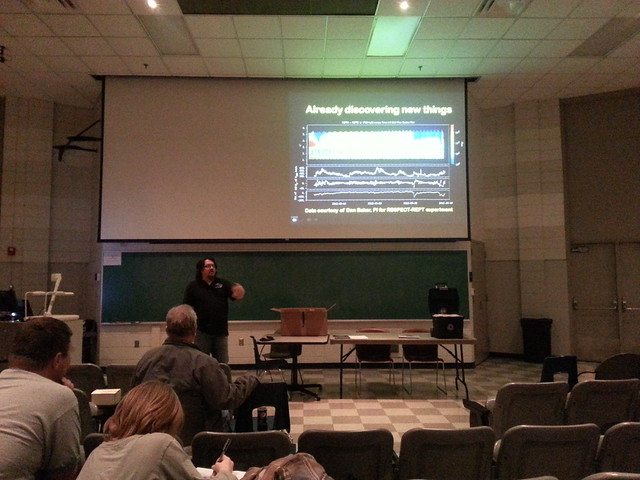
Due to the warmth of the evening (upper 40s or lower 50s), the club opened up the Warko Observatory on the roof of Royall Hall for a brief time. A haze obscured nearly everything except the full moon and Jupiter. Dad and I skipped the climb to the roof and headed home to Leavenworth.

